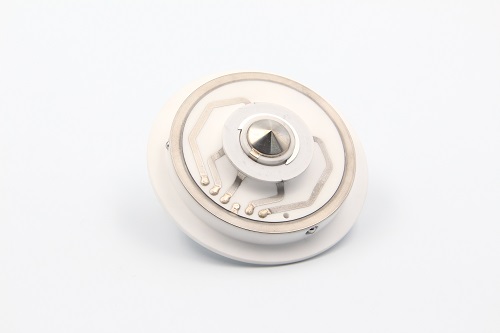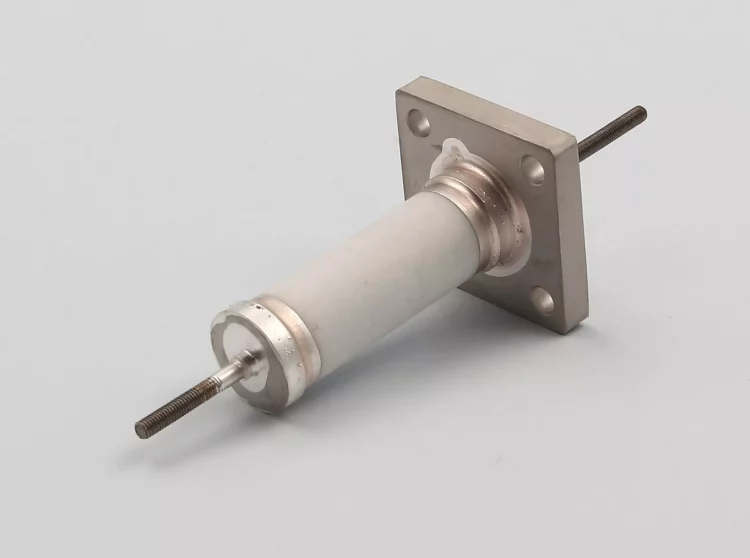Brazing technology is a versatile joining process widely employed across various industries for creating strong and permanent connections between metal components. This method relies on melting a filler metal with a lower melting point than the base metals, allowing it to flow into the joint by capillary action. Brazing can accommodate a diverse range of metals and alloys, including steel, copper, aluminum, and their alloys, making it suitable for joining dissimilar materials. The process offers advantages such as good thermal and electrical conductivity, the ability to join complex shapes, and the capability to create leak-proof joints, making it indispensable in applications ranging from automotive and aerospace to electronics and plumbing.
The success of brazing hinges on meticulous attention to detail in various aspects of the process. Proper joint design is crucial, ensuring precise clearance between mating surfaces and appropriate flux application to facilitate wetting of the filler metal and removal of oxides. Additionally, selecting the right heating method—whether torch brazing, furnace brazing, or induction brazing—plays a significant role in achieving consistent and reliable results. Careful control of heating parameters and the use of suitable fluxes are essential to prevent oxidation and ensure the integrity of the brazed joint.
Despite its versatility and numerous advantages, brazing technology does have limitations. It may not be suitable for high-temperature applications compared to welding, and the strength of brazed joints may be lower. Proper post-brazing cleaning to remove residual flux is critical to prevent corrosion and ensure long-term performance. Additionally, brazing requires skilled operators and careful process control to avoid damaging the base metals and to achieve the desired joint quality. Nonetheless, with proper techniques and adherence to best practices, brazing remains a valuable and widely used joining method in modern manufacturing and assembly processes.
2024-06-21
In the realm of advanced materials, the fusion of ceramic and metal is not just a technological marvel but a necessity in many industries. Ceramic to metal seals (CMTS) are a crucial component in a wi...
2023-10-27
As we all know, ceramic materials have excellent high temperature resistance, wear resistance, corrosion resistance, low density, good insulation characteristics, and have broad application prospects ...

